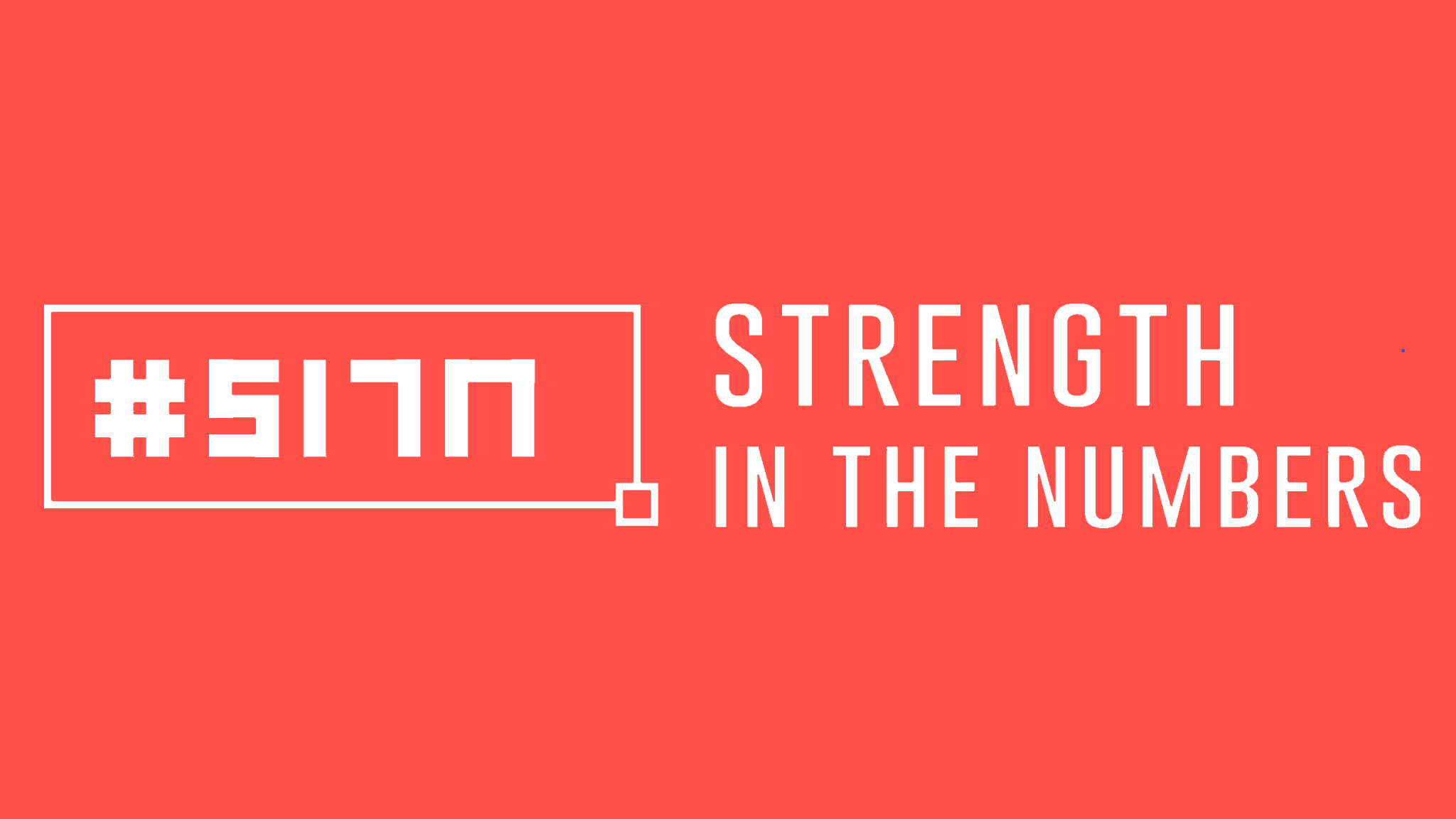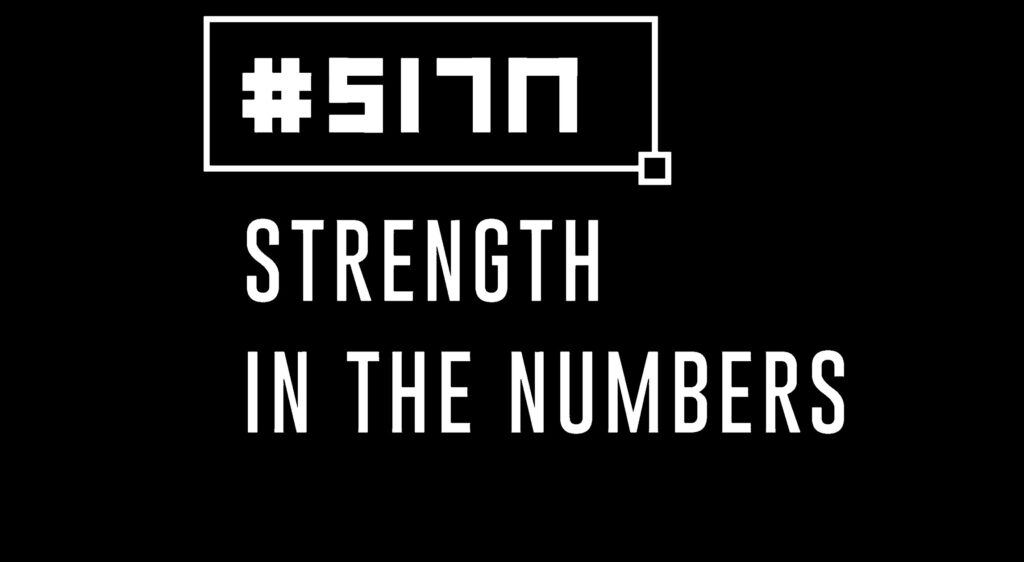“Self-awareness comes from asking and answering hard questions,” Stephen Covey.
In this bite-sized episode we share with you two worrying statistics finance leaders and professionals need to be mindful of and how also three potential approaches to address them.
Full Transcript
[00:00:00] Andrew: Hi everyone. And welcome to this. Week’s Monday memo. hope you had a great weekend and looking forward to the week ahead. And I suppose what I’d like to share with you this week is as a couple of key data points that we should be mindful of, and also perhaps some opportunities to do something about them and what I’d like to do before I get to them and set it in a context in that, a lot of you listening probably recall that I’ve got fascination with the history of accounting and finance and in particular, our development over the last thousands of years, since we started recording financial transactions, clay. Back in ancient Babylonian times. And it wasn’t really until the first industrial revolution in the 18 hundreds where investors and shareholders and management were coming to us to help them understand how could they best assess the performance of all those financial transactions.
[00:00:55] So we developed techniques then of preparing financial statements, balance sheets, cash flows. To help them better gauge the performance of their businesses and also their investments, because the first industrial revolution was capital intensive introduction of machine power. So there was loads of investments in property, plant equipment know how and so on.
[00:01:15] And investors were looking for their various returns, and assets cops employed and so on. And then, we did see some further development in accounting and finance. Around the 19 hundreds, the next industrial revolution, where we were asked to get a bit more scientific. So we introduce things like DuPont analysis, performance management tools, cost accounting, and so on, and then arrived at computer sorted and then made 19 hundreds.
[00:01:41] And from there we saw an explosion in storage and networking and processing power. And then ultimately to where we are today, which is that combination of artificial intelligence and human intelligence for the Hans cognitive power, what we call industry 5.0. And the thing is those latter industrial revolutions that powered by the computer and digital age were in the lines between them were much more blurred and I can feel they’ve been never-ending.
[00:02:08] And if you were to map out our rate of change on a chart from. 2000 BC to where we are now. You’ll start to see between 2000 BC and
[00:02:18] 1800 aD
[00:02:20] There wasn’t really much change in what we did and between 18 hundreds where we are now you’ve got like an exponential, like hockey stick shape. And if you can picture that’s a massive rate of change to be dealing with.
[00:02:33] And that’s where the context of the two statistics I’m about to share with you. I’d like to place it in, is that. Gardner did a survey at this year of how effective our business partners thought finance were in servicing their needs. I think they interviewed like a thousand organizations and so on.
[00:02:52] And essentially the, what was fed back to them is that 65%. So nearly two-thirds of business partners are rating. Their finance support is effect. No, it’s quite worrying. So that’s the stakeholder side. And then another indicator, which caught me for partly for more concern was don’t buy blind this year.
[00:03:11] And it’s that 29% of finance members are engaged in their work. If you were to put that in reference of a lifeboat. Okay. And imagine you’ve got your team members in the lifeboat and there’s 10 of you in there. Cause it’s easier to do the math. You’re all in choppy waters and you’re trying to get to a good place, but only three people in that lifeboat represent the 29% are rowing in the direction, not set towards a safer place, a better place.
[00:03:35] Safety, if you want to call it that terms. If you then follow up a gallops analysis of engagement, you then find that there’s three people that are meant to be actively disengaged in the boat, which means that they’re rowing in the opposite direction of the other three, which means then you’ve got what four people left in the middle that are milling around right.
[00:03:55] Or pushing or pulling. And the boat is static. So we’ve got this environment of relentless change. We’ve got some team members engaged. Probably the same amount disengaged on some of us caught in the middle a bit dazed by what to do and next steps. And that could help explain why there’s that perception of finance out there at the moment that we’re not really hitting the notes.
[00:04:16] The, nearly two thirds of our business partners are saying that we’re ineffective and it’s not a really good place to be. So I think, it’s great to have some people engage and I’m sorry to hear that there are people who are disengaged in their work, but I’d encourage whether you’re in the engaged camp disorder, the neutral company in the middle of the boat or those that are disengaged are a few things you can do about it.
[00:04:38] And the first is one is undertake a I create bone diagram. Right? We’ve talked about this on a previous Monday memo, episode 11. It’s a very popular one. It helps you. What your ideal career looks like versus where you are right now and helps you figure out how to get there. So I encourage you to tune into that episode to give you an idea of the steps you need to be taking, to do more of the right things, so that you feel more satisfied and engaged in your work and drive dot side of your career.
[00:05:07] And also an important point in the career boondocks. It’s not all about your finance career. You have to have ecology with the other things you want to achieve in life. So knowing your values and reasons very important too, to get the most out of it. The second key point I’d like to raise is what we call stakeholder.
[00:05:25] Not. We did do an episode number 81 that explained how to use that to, to drive better perception from our stakeholders of where we’re adding value. And in simple terms, it’s about asking our stakeholders what it is that they currently want, what they have in their area, their environment. So like maybe what their strategic objectives.
[00:05:49] Where they are against them at the moment. And if you’ve a difference between the Harvard want responses that they give them back. Then we called them have won gaps. And if you can align those and close those gaps, you’re immediately adding value and you’d be turning around that perception of being ineffective and adopting both of those ideas or approaches of this career, bone diagram, or stakeholder analysis.
[00:06:12] It doesn’t require digital technology. It doesn’t require additional investments other than really your time and interest. And ultimately what have you got to. Isn’t it better to be in a state where you’re engaged in your work and you’ve got your stakeholders and business partners saying great things about the work you and your teams are doing.
[00:06:29] I don’t know if there’s a better thing you could be doing with your time. Then please share it with me. If finding more meaningful work and getting rewarded first, isn’t isn’t what you want to do, or actually, developing a career where you have the time to do all those things outside your career that you want to do.
[00:06:45] That’s a big part of the ecology I was talking about. There is one third thing you could do as well. And I think it’s to put around those to a system to make sure you. Those two things more often in our team, we use something called Finnetics just to keep on top of that word, we’re doing those right things.
[00:07:03] But it doesn’t need to be a fancy bit of software. It could be a bit of just these expects L sheets and that you’ve got a diary notification to check in with them every week or something like that. Or that you’ve reached out to a mentor to ask for a bit of advice on those halves and months delivering those are on your career bone diagram, or it could be just a tuning into a podcast. Doesn’t even have to be to strengthen the number show just on one of those sorts of bits and pieces to help you close those have long gaps or get closer to your ideal career destination, the career bone diagram. And that’s really why we invite guest mentors onto the show to share with you what they’re doing, how they’re establishing those systems.
[00:07:42] There are little tools, techniques, best bits of advice and also figure out in a foster way, how to get to where you want to get, be getting to and do more of the right things more often. So look really appreciate you tuning in today. I hope you enjoyed the episode.
[00:07:56] If you did it, we really appreciate it. When you share it with your friends and colleagues, you can subscribe on automator platforms, iTunes, citrus, SoundCloud, YouTube, Spotify, and Amazon music. And thanks for investing your time with us today. So in the meantime, have a great week take care of yourselves and let’s keep on building our strength in the numbers. [00:08:13]

